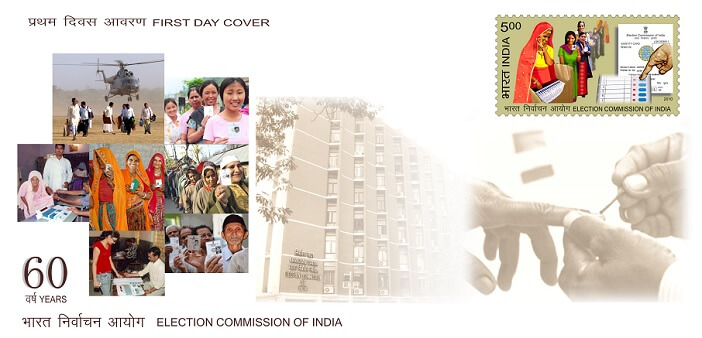Number of Political Parties in India growing Faster than the Economy

While India is being touted as one of the fastest growing economies in the world, there is something else that is growing faster than the Indian Economy; at least in the last 5 years. Number of Political Parties in India has been growing at a rapid pace without any sign of a slowdown. We will look at the various facets of Political Parties in this article.
[orc]Political Party Registration
Section 29A of the Representation of People’s Act, 1951 defines the registration of a political party. Any association or body of individual citizens of India can register as a political party with the Election Commission of India (ECI) by following the guidelines laid down for this purpose.
The benefits of registering a political party are many. The candidates set up by a political party registered with the ECI will get preference in the matter of allotment of free symbols compared to purely independent candidates. Further, registered political parties, in course of time, can get recognition as `State Party’ or National Party’ provided they fulfill the required conditions.
When does a Registered Party become a Recognized Party?
There are two types of recognitions, a State Party & a National party. To put it simply, a registered party becomes a State Party when it fulfills one of the conditions below,
- If it wins at least 1 out of every 25 Lok Sabha seats in a particular state or
- If it wins at least 1 out of every 30 Assembly seats in a particular state or
- If the party gets more than 6% of the total valid votes polled in that state
The detailed conditions can be seen here. The above conditions are to be fulfilled during a general election and not during a by-election.
A State Party becomes a National Party when it repeats the same feat in 4 or more states. One needs to remember that the recognition is not forever. The parties should continue to fulfill the conditions mentioned above to be able to hold their recognition. The major advantage of becoming a recognized party is getting a reserved symbol which plays a major role in elections.
Let’s take an example. If a state has about 90 Assembly Seats & has 25 Lok Sabha seats, then a registered party has to win a minimum of 3 assembly seats or 1 Lok Sabha seat to become a State party.
What about the Numbers?
As can be seen from the table below, the number of registered unrecognized political parties is growing every year. While the number stood at 1094 in 2009-10, it is at 1643 in 2013-14. This marks a more than 50% increase in the number of registered political parties.
| Year | 2009-10 | 2010-11 | 2011-12 | 2012-13 | 2013-14 |
|---|---|---|---|---|---|
| Number of Recognized National Parties | 7 | 6 | 6 | 6 | 6 |
| Number of Recognized State Parties | 61 | 51 | 53 | 54 | 54 |
| Number of Registered Unrecognized Parties | 1094 | 1150 | 1307 | 1392 | 1643 |
| Total Number of Political Parties | 1162 | 1207 | 1366 | 1452 | 1703 |
| Growth Rate of Parties | NA | 3.87% | 13.17% | 6.30% | 17.29% |
| GDP Growth Rate at factor cost at constant (2004-05) Prices | 8% | 8.90% | 6.70% | 4.50% | 4.70% |
How many of them actually contest elections?
It is interesting to note that not even a third of these parties participated in the Lok Sabha Elections. While only 363 parties contested in 2009, 464 parties contested in 2014. This makes a paltry 31% in 2009 and a much lesser 27% in 2014.
| Year | 2009 | 2014 |
|---|---|---|
| Total Number of Political Parties | 1162 | 1703 |
| Number of Parties that contested the Lok Sabha Election | 363 | 464 |
| Percentage of Political Parties participated in Lok Sabha Elections | 31.24% | 27.25% |
Then why do people register a political party if they do not contest elections? That is a million dollar question.
In the next article, we will look at the status of submission of reports by these political parties to the ECI.
Date Source: Election Commission of India Website